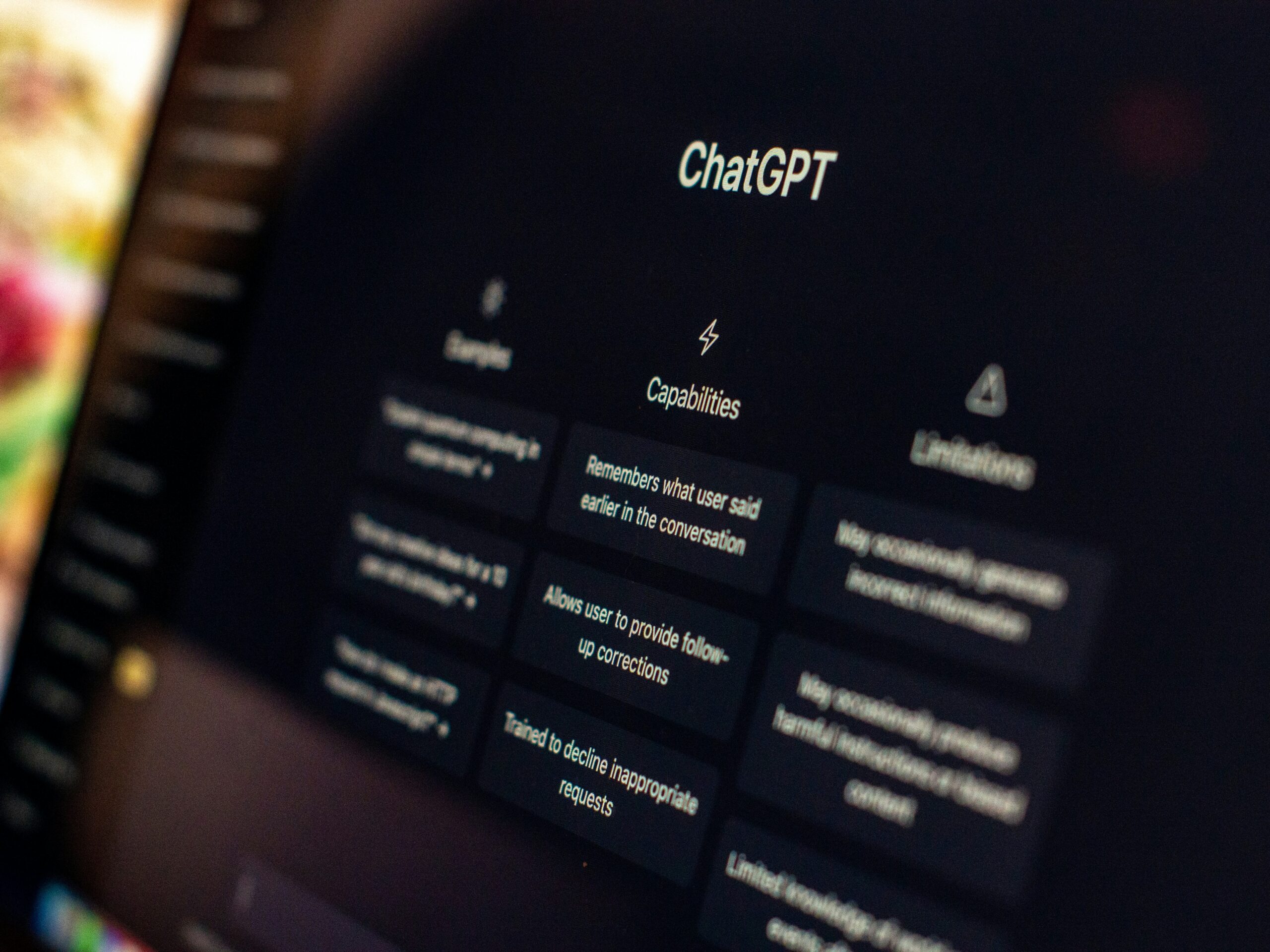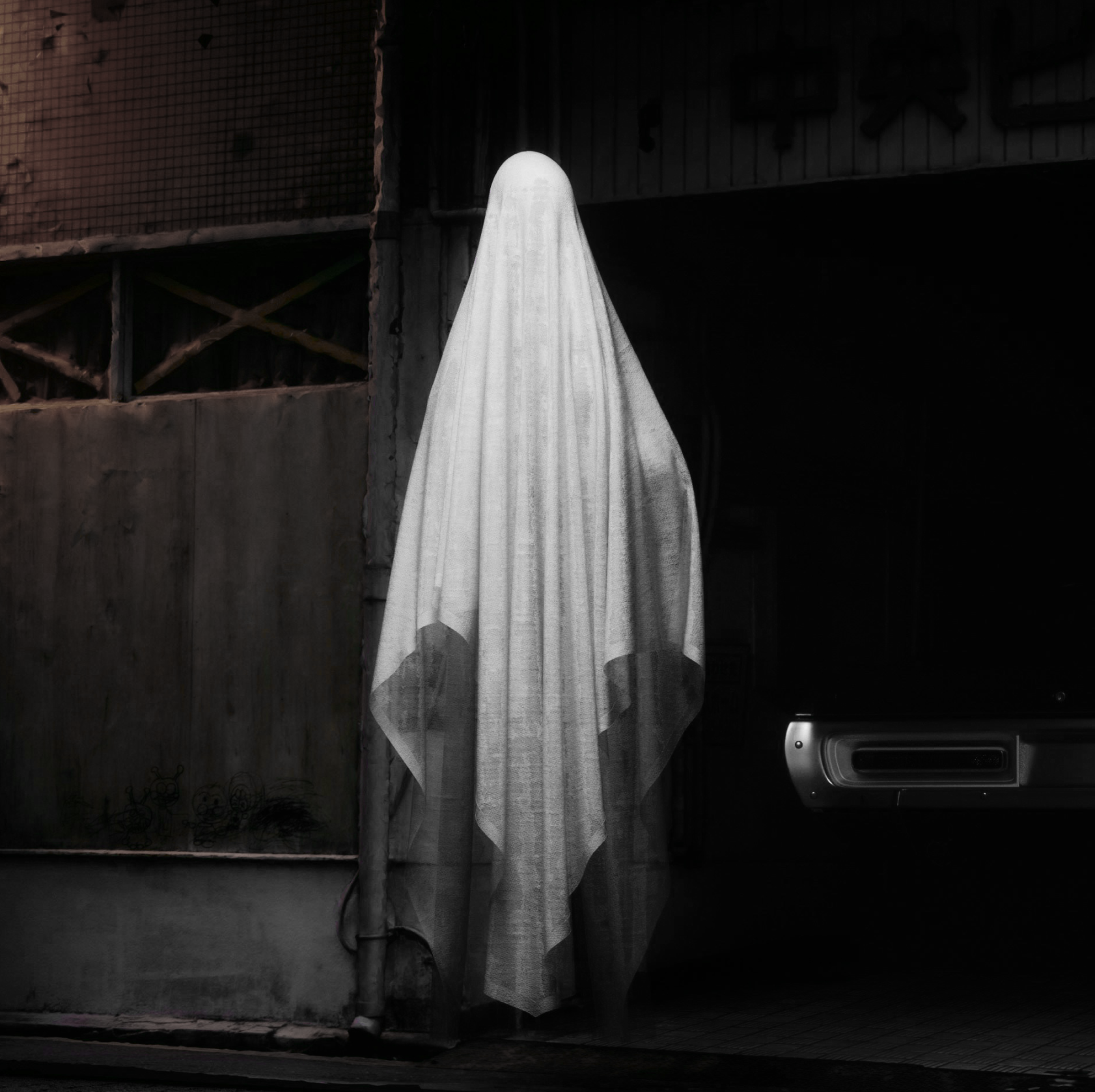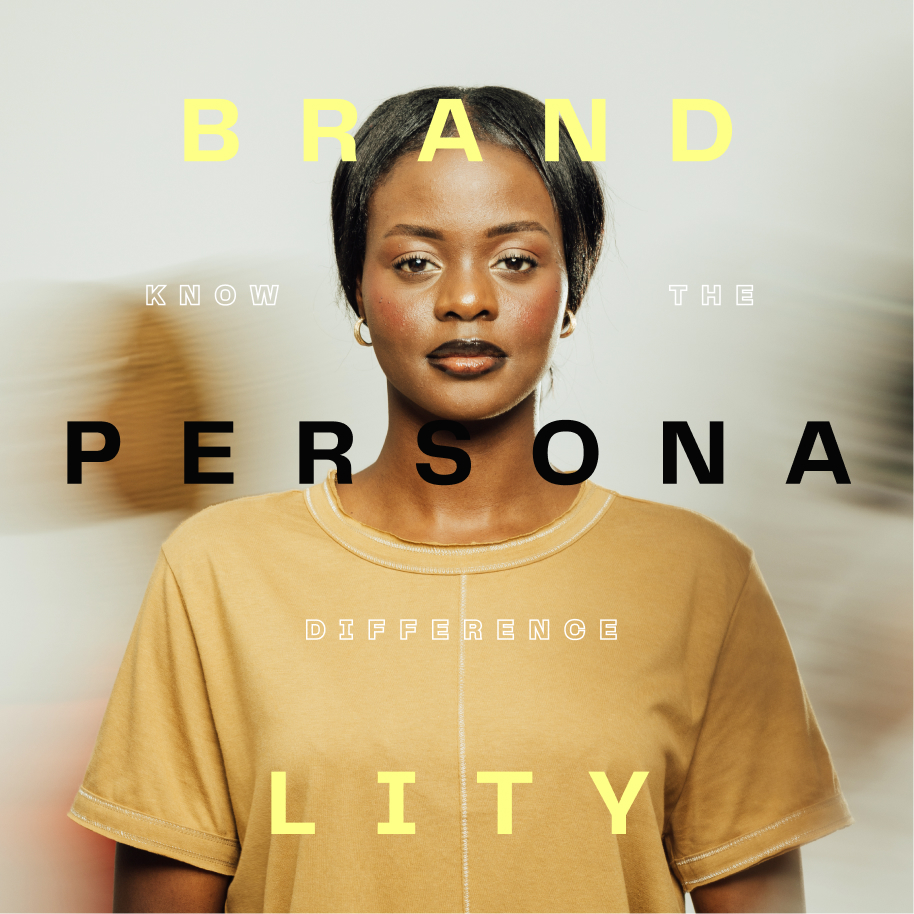Artificial intelligence has upended the creative world — introducing more artistic possibilities than anyone could have imagined. But despite its potential, the technology hasn’t been universally welcomed. From ChatGPT tackling content to DALL-E taking over design, creatives everywhere are wondering what the future holds and where they fit into it.
But rather than replace creatives, AI could actually elevate the profession by rounding out our skill sets, helping us do more with less and expanding the boundaries of our creative expression.
With that in mind, here’s how and why you should embrace AI more openly in your creative work.
AI’s role in supporting — not replacing — creative minds.
To be clear, AI is only as good as the humans who drive it. Sure, algorithms can process vast amounts of data and generate some pretty impressive results, but they don’t possess the depth of human experience needed to make rich and meaningful connections. Ultimately, it is the creative mind that shapes AI and pushes it forward.
At the same time, AI can be a source of inspiration. By crafting artful prompts and tinkering with the outputs, creatives can break through barriers.
Just imagine that pesky blank screen if you’re a designer or that persistent blinking cursor if you’re a writer. Indeed, some of the most successful creative thinkers of our time — yes, even Jerry Seinfeld — often struggle to get started. But with AI, you can experiment with rough concepts and generate starter copy within seconds — a task that might otherwise take you hours, days or even weeks.
Likewise, there’s lots of boring backend work involved in producing strong creative outputs. Many people wrongly assume that creatives are a freewheeling bunch, totally devoid of process. But that’s just not true. Developing quality creative work at scale requires discipline and order. In fact, some of the best creatives are unwavering in their approach to workload management.
Now, with the help of AI, creatives can streamline their workflows, automate mundane tasks and focus more on strategic thinking and concept buildout. In other words, we can learn a thing or two from the 36% of executives who say their primary goal with AI is to optimize their operations.
Meanwhile, nearly 80% of marketers have already incorporated some level of AI into their online activities. As one example, Sprout Social recently introduced an AI suite that automates several aspects of social media management, from copywriting to audience engagement.
Below, we’ll take a look at a few more examples of AI in action.
AI for ideation & content generation.
To start, as part of the brainstorming process, you can use AI to assist you in generating countless conceptual directions. From branding exploration to creative campaigns, AI is like the new “Field of Dreams”: If you can prompt it, AI can produce it. As the exercise below shows, this can range from the uncanny to the absurd.
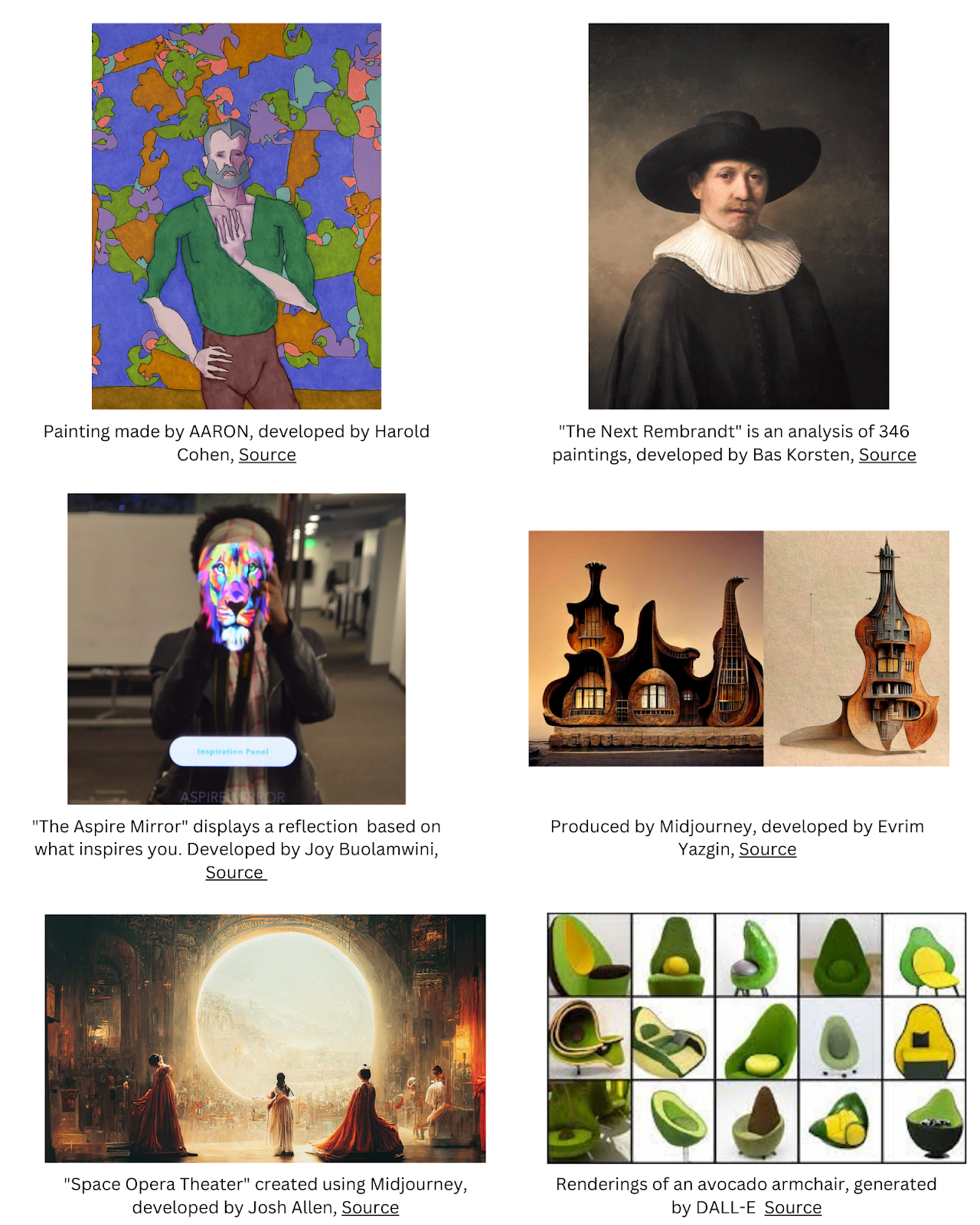
Meanwhile, when it comes to writing, AI can generate coherent and contextually relevant text — most popularly used for product descriptions and social media captions. But there are many other ways content creators can find value in AI. For example:
- The Washington Post’s AI wrote 850 articles in just one year.
- Bloggers who use AI can save 30% more time in writing.
- Content marketers can use AI to find topic inspiration.
If any of this scares you, just remember the adage “garbage in, garbage out.” You still have to write with specificity, clarity and your own creative thinking, or you’ll be left with a whole lot of nothing. Simply put, well-written prompts produce well-written responses.
AI for visual editing.
AI has also entered the editing space. The best example of this is what the technology can do with photography. From automated enhancements to advanced object recognition, AI editing tools can transform raw footage into works of art.
Don’t believe us? See for yourself by looking at how one creator has tested the abilities of Adobe’s generative-fill feature. It really seems as easy as Adobe claims: “Dream it, type it, see it.”
Examples of AI photo-editing tools & features.
Adobe Photoshop
- Generative fill
- Automatic skin retouching
- Smart portrait to make people look happier, younger/older and change the direction they’re looking in
- Sky replacement
- Content aware fill
ImagenAI
- Creates your own AI profile based off your edits
- Learns your editing style and adjusts accordingly
- Lets you choose an industry professional to copy their style
- Batch editing
Luminar Neo
- One-click edits
- Sky replacement
- Automatic skin retouching
- Face enhancement: face slimming, eye emphasis, lip and teeth improvements
- Composition AI
Topaz Labs
- Simple edits that emphasize creative control
- Denoise AI
- Sharpen AI
- Gigapixel AI
Diving into the world of AI creative.
As technology evolves, we should embrace the opportunity that emerges with it. The marriage of AI and human creativity is evolving fast. And frankly, that’s exciting to be part of, especially when technology has the power to enhance our creative approaches and practices.
If you want to integrate AI into your own creative processes, but don’t know where to start, try exploring a tool that’s relevant to your field, and test what prompts or actions work best for you.
For example, if you’re a writer, you might try ChatGPT. Just be prepared: Your first prompts and outputs will likely fall into some familiar traps — sounding flowery, robotic and/or repetitive.
Example of ChatGPT’s just so-so results.
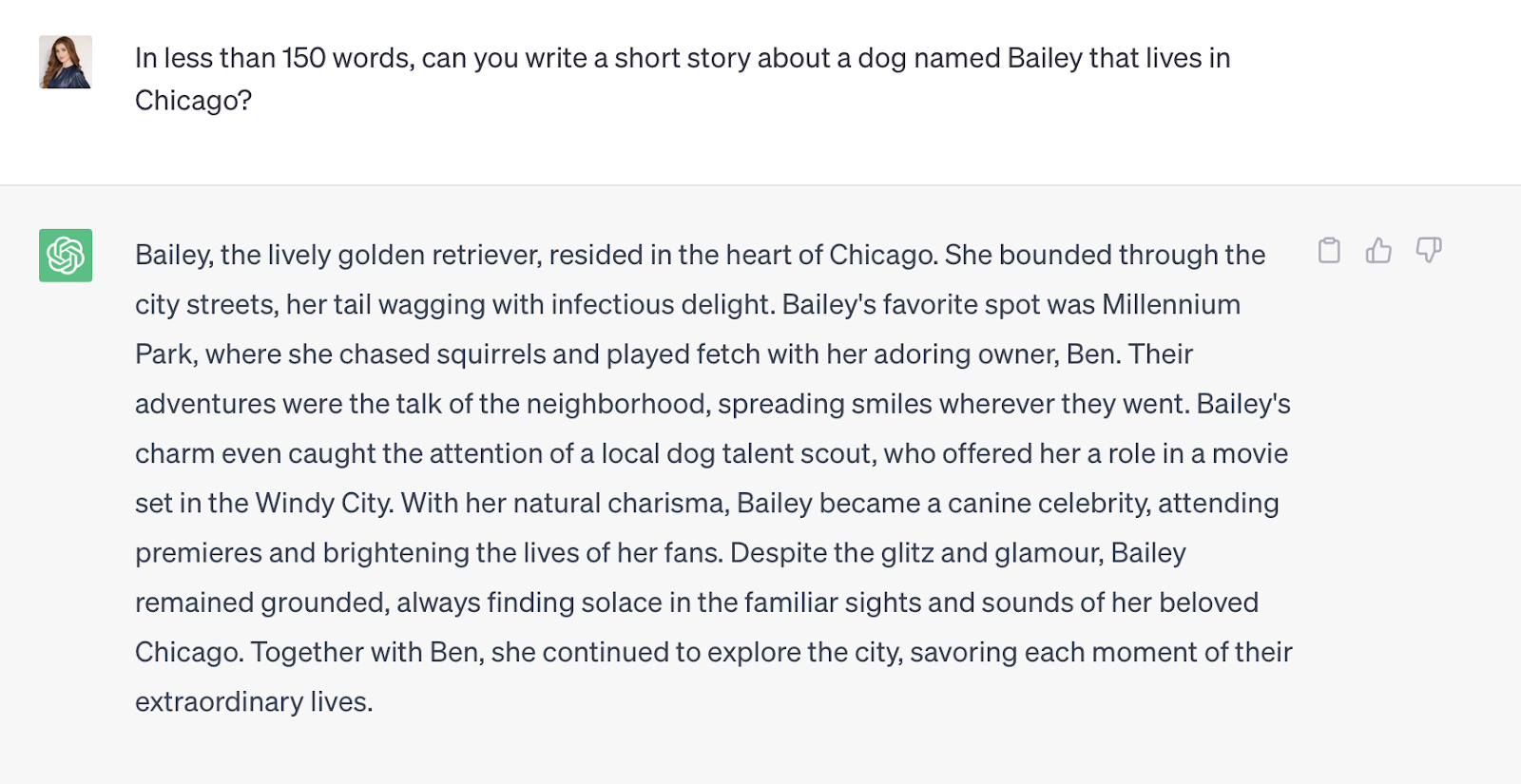
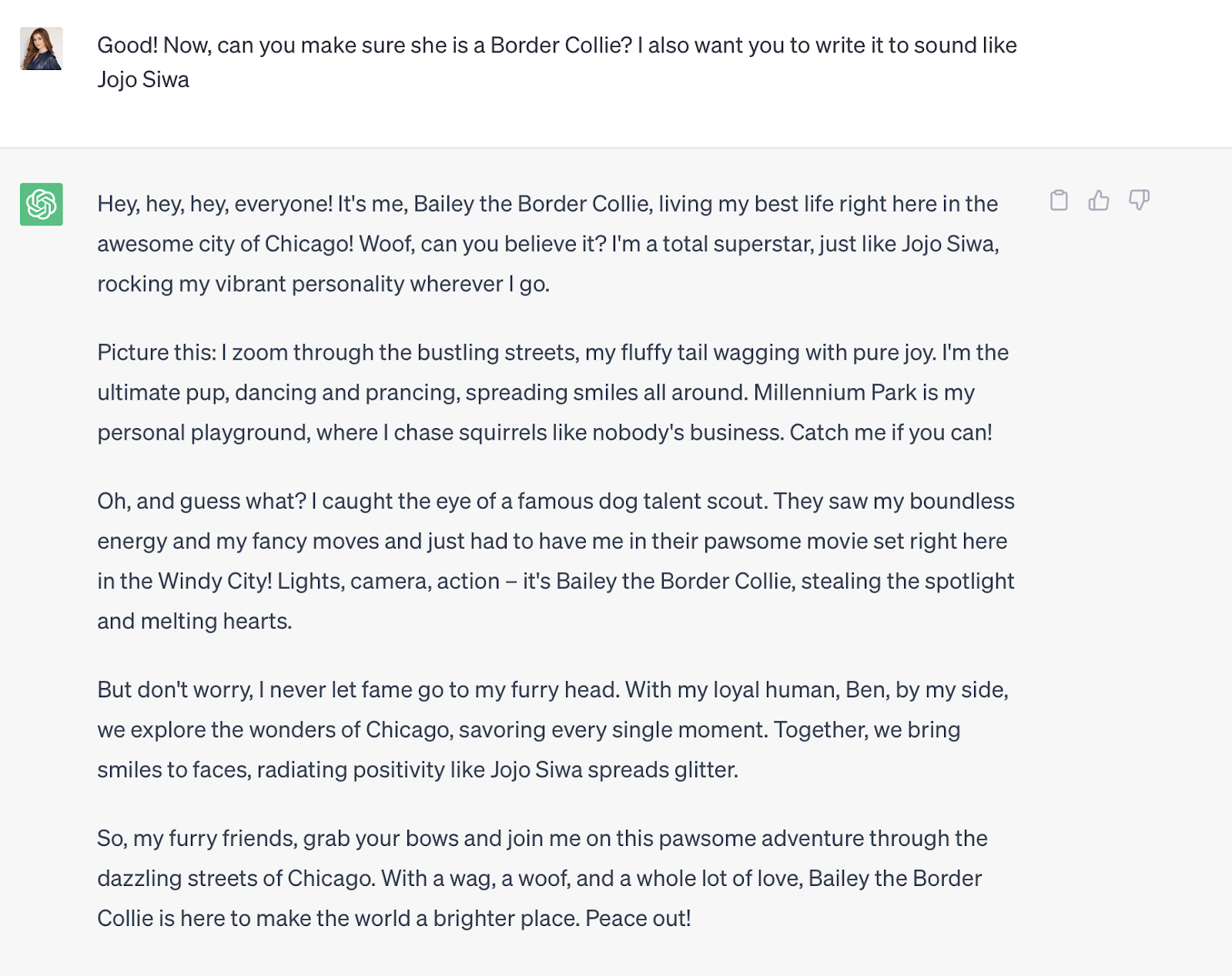
A word of AI warning.
Beyond the sometimes less-than-impressive content composition of AI, you should also be aware of the technology’s other, more serious limitations.
Kristian Hammond, an academic at Northwestern University, breaks down the simple language model that drives ChatGPT. In an interview with Chicago’s WTTW, Hammond notes that AI isn’t good at flagging and correcting misinformation. That’s because the technology pulls from multiple sources and, in the process, produces an average representation of its findings. That means that tools like ChatGPT are sometimes accurate only from a statistical, but not specific, perspective.
As an example, Hammond prompted ChatGPT to write a blurb about a master’s program in AI at Northwestern. The result was a perfectly fine-sounding description. The problem was, it wasn’t entirely accurate. Because ChatGPT pulls from averages, it described Northwestern’s program as being two years long, which is the length of most master’s programs. But Northwestern’s AI program actually takes just 15 months to complete.
“The thing that’s interesting about (AI) is that it doesn’t know about truth or falsehood, it doesn’t know about the world at all. It knows about the relationships between words, and that’s what drives it.” — Kristian Hammond, Professor of Computer Science at Northwestern University
With so much misinformation out there — and further warnings from Geoffrey Hinton, the godfather of AI himself — this is something that we as creative communicators need to look out for.
Getting meta with AI creative.
Prompts alone also won’t make for award-winning work. Well, at least not yet.
The creative minds at McDonald’s prove this point well. In a recent ad dubbed “A.I’m Lovin’ It,” the McDonald’s creative team asked ChatGPT, “What is the most iconic burger in the world?” The response, fed by reams of internet data, was — surprise, surprise — the Big Mac.
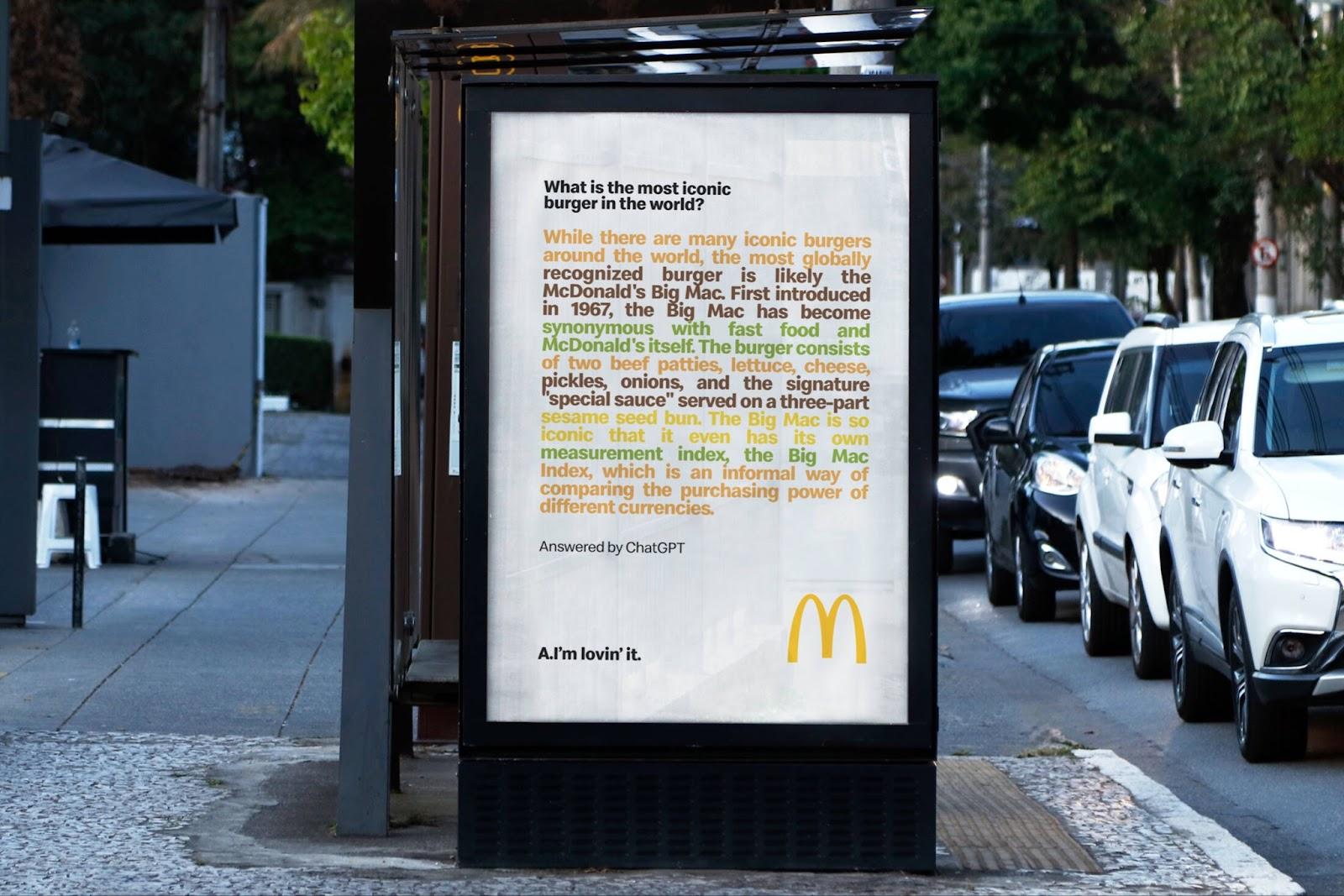
While it’s impressive that ChatGPT recognizes the popularity of the McDonald’s menu, what stands out most is the creative vision of the ad itself. From the art direction to the media buy, this out-of-home display is a brilliantly simple idea that AI alone couldn’t have generated.
In another example, Coca-Cola asked fans to create their own digital artwork, using the Create Real Magic platform, which combines ChatGPT with DALL-E for a powerhouse art-and-copy duo. The payoff: The best results were featured on digital billboards in New York City’s Times Square and London’s Piccadilly Circus. It’s crowdsourced creative at its best.

Open arms to a more open mind.
All things considered, AI is a testament to the power of human ingenuity. After all, we created it. Now, let’s fully embrace it.
Let’s also not lose sight of the fact that tools like ChatGPT and DALL-E are just that: tools, not replacements, for creatives. Just as flash photography, charcoal sticks — heck, even the alphabet — are all means to a creative end, so too is AI. In fact, believe it or not, AI actually helped write this article (albeit under the guidance of a heavy human hand).
